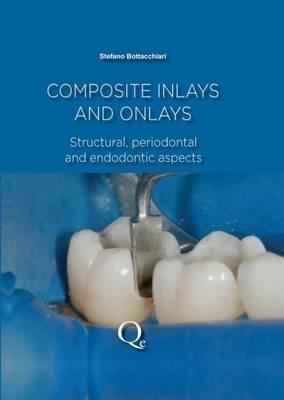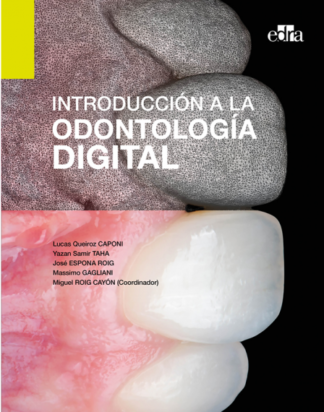The purpose of this book is to set out a simple yet rigorous protocol that can routinely be used to achieve satisfactory results for composite partial restorations. Inlays and onlays allow significant conservation of sound tooth structure without undermining the tooth’s mechanical and physical properties. Composite inlays offer two crucial properties: the opportunity for correction before cementation and, above all, long-term reparability.A multidisciplinary approach is of fundamental importance in a process that involves restorative, periodontal, and endodontic dentistry, which is an essential characteristic of indirect adhesive techniques in posterior sectors.
Chapter 1. Partial-coverage composite restorationsFirst visit
- Diagnosis in conservative dentistry
- Silver amalgam * Why inlays and onlays?
- Clinical examples of reinforcing dental structures with partial-coverage composite
- Restorations
- Respecting dental structure
- Clinical cases
- Respecting pulp vitality
- Respecting periodontal structures
Chapter 2. Adhesion Principles of adhesion
- Functions and objectives of adhesive systems
- Enamel and dentin: Chemistry and histology
- Classification of present-day adhesives
- Stability and duration of the adhesive interface
- Clinical cases
Chapter 3. Cavity PreparationInternal reconstruction (buildup)
- Cavity geometry
- Vital tooth
- Endodontically treated teeth
- Covering the cusps
- Taking impressions
- Provisional restoration
- Cementing adhesive restorations
- Finishing
- Clinical cases
Chapter 4. Relationship Between Restorative Dentistry and Periodontology Clinical cases
Chapter 5. Occlusion Treatment of simple cases
- Treatment of complex cases
- Laboratory procedures
Chapter 6. Cracked Tooth SyndromePatient information
- Clinical case





